| Spending hours waiting for a flight connection in airports can be tiring and boring unless we try to take advantage of this time by looking at the terminal as if it were a strange city or region we were about to visit or inhabit (remember Tom Hanks in “The Terminal trying to survive there) with its curious denizens that wander around with their belongings, each with some destination or project in mind, business, tourism, migrating … just like life itself. Besides watching the people and window shopping, one of the fascinating places in airports are the little chapels or prayer spaces. Somehow, in this strange town, near all necessities are attended;all five layers of Maslow’s pyramid are covered (physiological, safety, love/belonging/social, growth): eating at restaurants, resting on benches o massage armchairs, entertainment with books or magazines, and last but not least, spiritual needs. | |
| As it happens with food, spiritual offer can be diverse. In Barajas Airport there are two spaces, a catholic chapel and a multipurpose space for mosque or synagogue. |
|
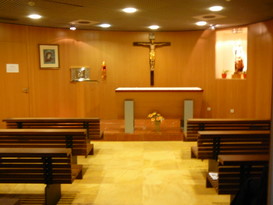 |
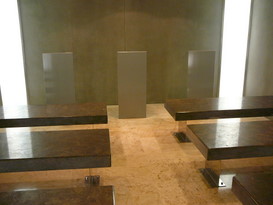 |
Brussels airport is more interesting. We find six spaces:
|
|
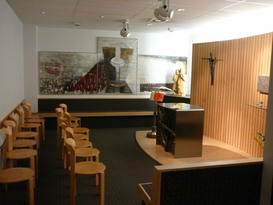 |
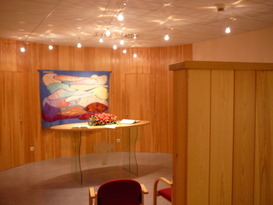 |
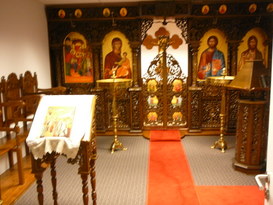 |
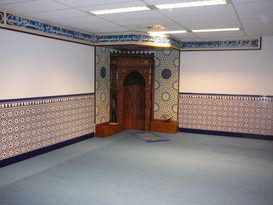 |
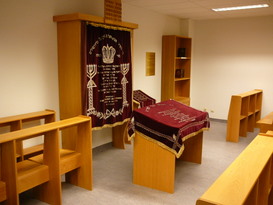 |
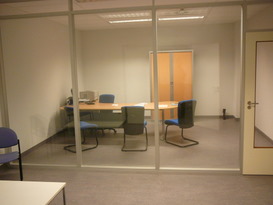 |
| This is fascinating! It almost constitutes a Religions’s museum; there is to be noted, however, that only “abrahamic” religions (about 53% of world population) are presented, and “dharmic” religions such as hinduism and buddhism are missing (about 32%). The non religious option would be represented by the “moral assistant”.
The issue is extraordinarily suggestive. Imagine that you have to define a project for an airport and are asked to write the requirements for attending spiritual needs. Does ‘spiritual’ mean ‘religious’? Does spiritual mean moral, in the sense that you need guidance about what is good or bad (I wonder what kind of conversation are held in the “moral assistant’s” room)? Is humour a spiritual need? What would be your project? The aesthetic side of the question would regard the architect’s problem: how is to be designed a spiritual space unrelated to traditional religious architecture? Think of the “meditation room” in the United Nations or, perhaps, Tadao Ando‘s projects, that renew the conception of christian and buddhist temples. |
|
